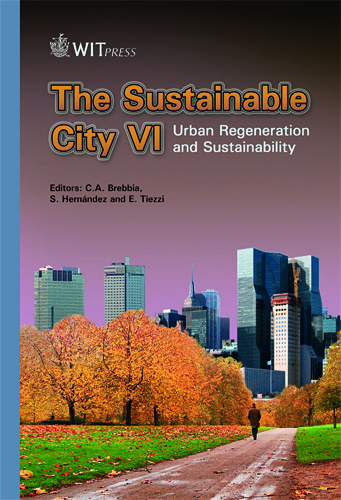Assessment Of Energy Efficiency In Street Lighting Design
Price
Free (open access)
Transaction
Volume
129
Pages
11
Page Range
705 - 715
Published
2010
Size
413 kb
Paper DOI
10.2495/SC100601
Copyright
WIT Press
Author(s)
J. Silva, J. F. G. Mendes & L. T. Silva
Abstract
Street lighting design aims to ensure adequate night visibility conditions for both vehicular and pedestrian traffic as well as to improve security conditions for persons, goods and property in the neighbourhood. In addition to this, and in order to meet concerns about environmental protection and sustainable development, the design of street lighting should take into account the optimization of its energy efficiency, as excessive energy usage is associated with an increase in polluting emissions, namely CO2. Considering that street lighting generally presents a significant consumption of electricity that is often possible to reduce, the use of good design practices which will maximize the efficiency of lighting equipments and accessories as well as minimize the upward light emissions and adjust the intensity of lighting according to outdoor needs is crucial. The main goal of this work is to present a new simple tool which can assess street lighting performance in the context of energy efficiency. Three indicators were developed: one to evaluate lighting performance and two others to evaluate energy performance. These indicators were quantified and combined according to weighting and aggregation procedures, resulting in a synthetic score for the street lighting design. The assessment tool was applied to a business park located in Viana do Castelo, in Portugal, and the results are discussed. Keywords: street lighting, street lighting design, street lighting assessment, energy efficiency.
Keywords
street lighting, street lighting design, street lighting assessment, energy efficiency





